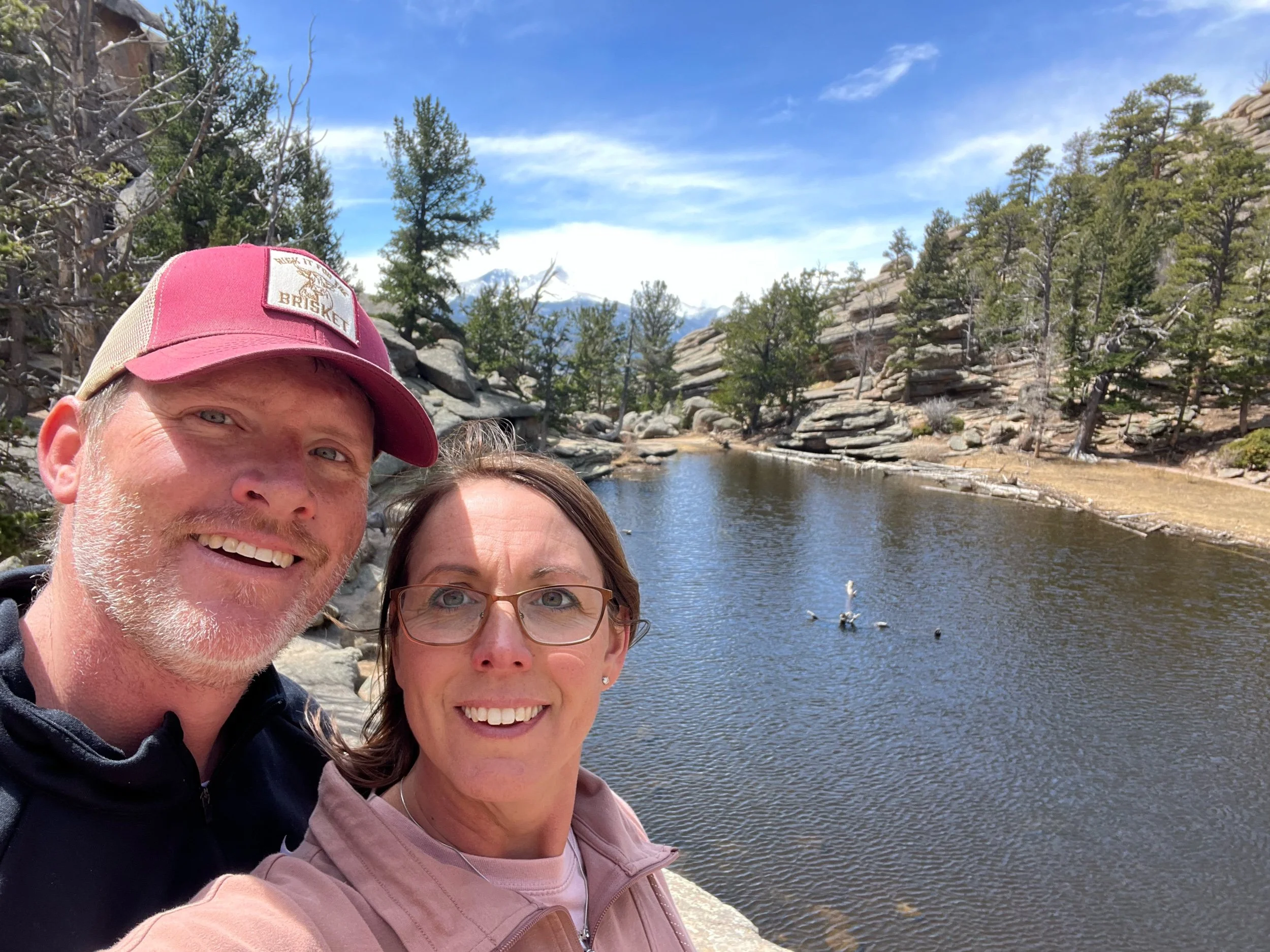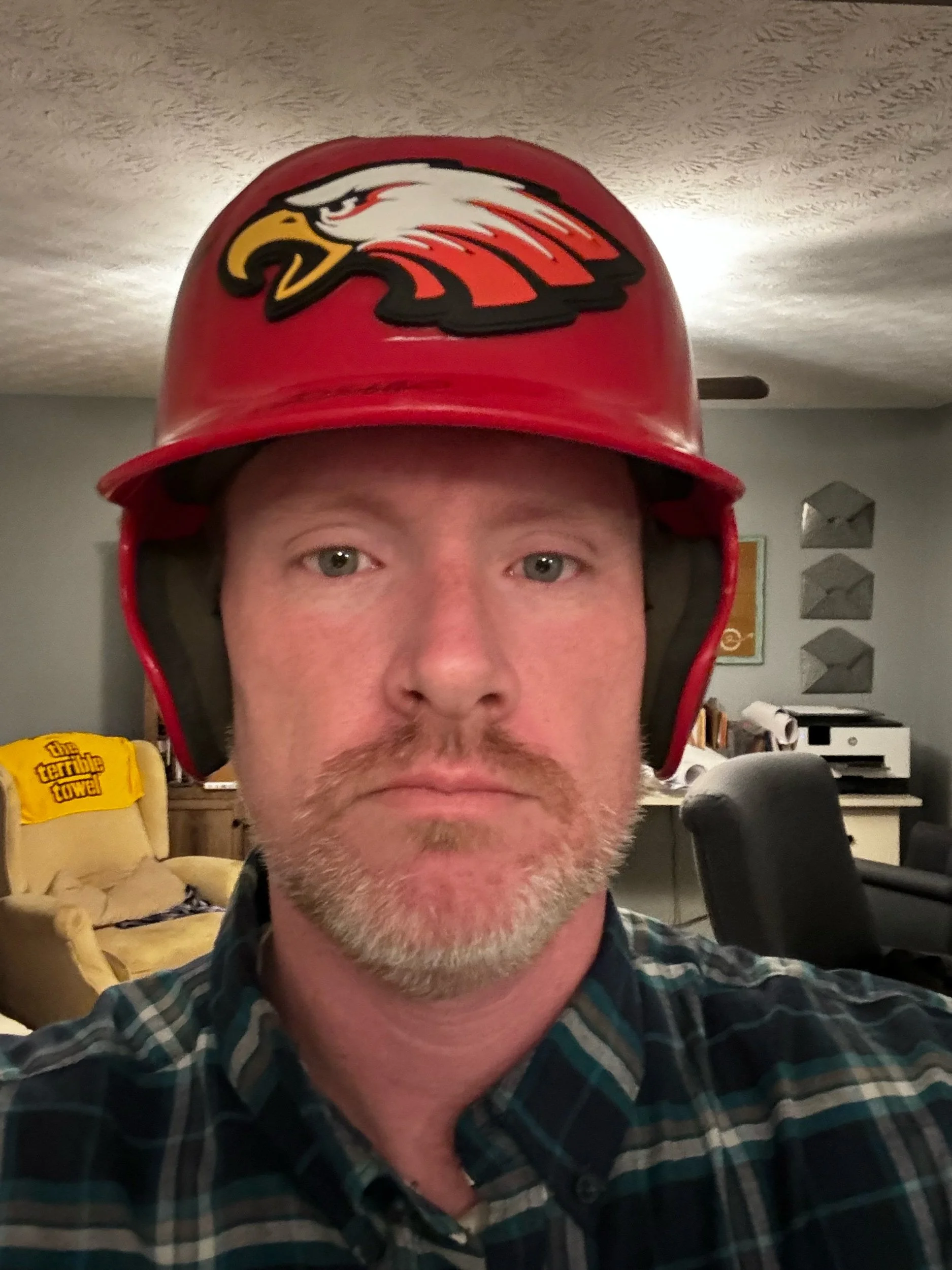On a recent trip, my wife and I visited Phoenix, Arizona, and Denver, Colorado—two cities with mountains yet vastly different experiences. Phoenix’s mountains are harsh, rugged, and exposed; they demand endurance in a challenging, dry heat. Denver’s Rockies, however, are lush, inviting, and revitalizing, offering cool air, shaded paths, and breathtaking vistas.
Leadership mirrors this duality. The basic definition of leadership is guiding a group to achieve a goal, but the lived experience can vary dramatically. Some leaders create harsh environments where team members merely endure, much like a scorching hike up Phoenix’s mountains. Others foster nurturing environments reminiscent of Denver’s Rockies, challenging yet supportive, driving growth and collective achievement.
The critical difference between these leadership experiences hinges on two beliefs:
Job Purpose: Effective leaders view their role as serving and empowering others.
Success Definition: They measure success through collective growth and team achievements.
To consistently foster this empowering environment, adopt the GENUINE Leadership Model, embracing principles of Generosity, Engagement, Niceness, Unafraid action, Integrity, Non-Judgmental attitudes, and Empathy. Leaders embodying these traits build teams that thrive, creating energizing and productive workplaces.
Ultimately, just as mountains offer profoundly different experiences despite similar definitions, leadership's impact depends heavily on the beliefs and actions of the leader. Choose intentionally, and you’ll create an environment that empowers and inspires your team to reach new heights.
Read More


















